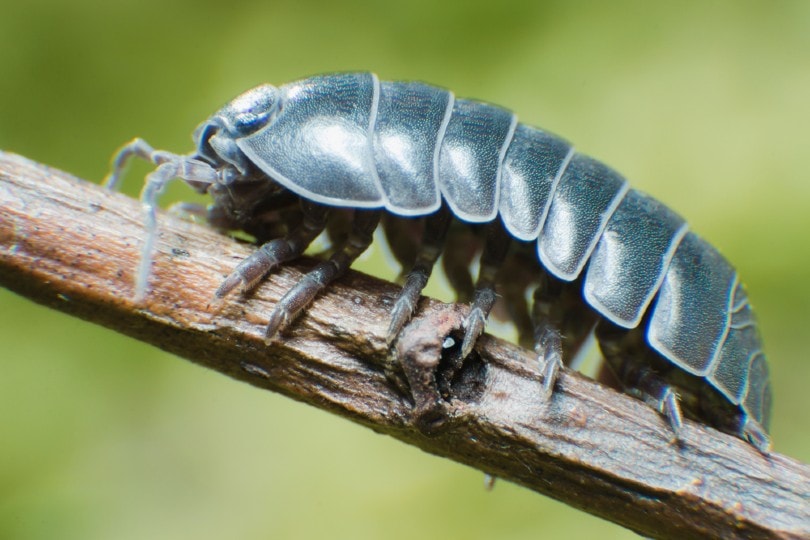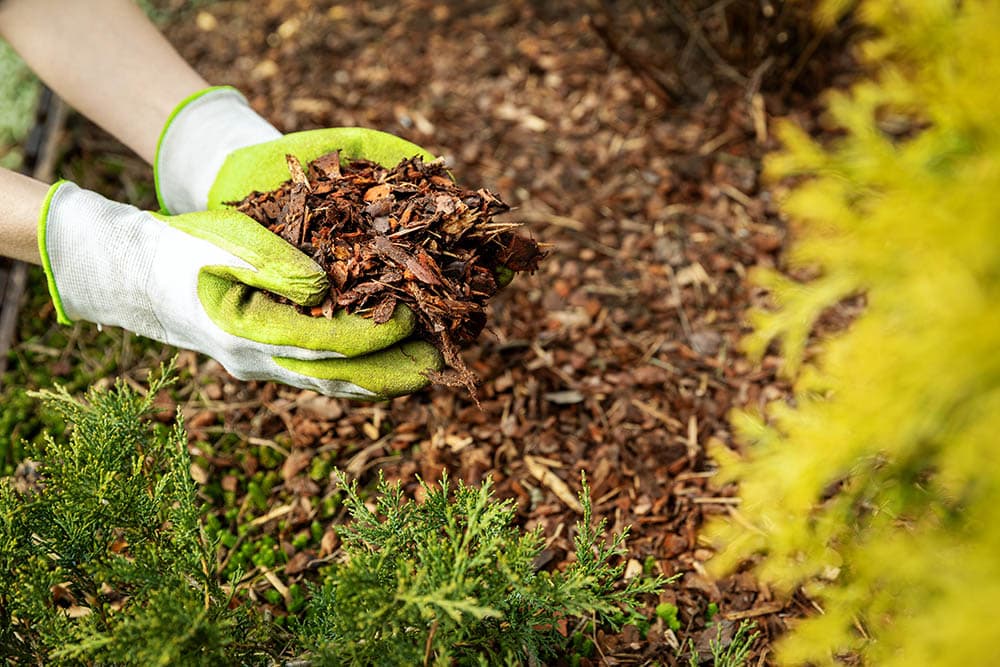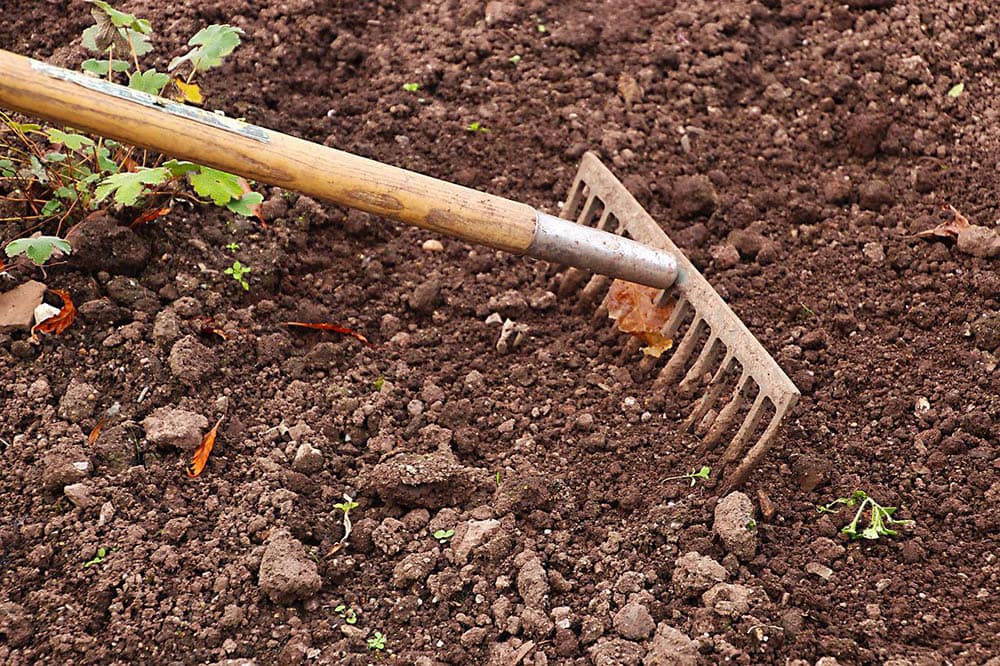How To Get Rid of Pill Bugs in Your Garden: 7 Simple Methods
-

- Last updated:

Pill bugs are small crustaceans commonly found in garden beds. They feed on decaying matter and are a crucial part of decomposition, but they eat leaves, new roots, and seedlings which can be a nuisance to any avid gardener. A defense mechanism that has impressed kids and adults for years led to the nickname roly-poly bugs.
If you are a gardener who dedicates a lot of time to planting and nurturing vegetables and plants, you may wonder how to get roly-polies in your garden. Here is a list of simple and garden-friendly solutions to rid your garden of the cute but destructive pill bugs.
The 7 Methods for Getting Rid of Pill Bugs in Your Garden
1. Remove Dead Plant Matter and Mulch
Pill bugs thrive in dark and damp places of the garden, and they consume and use mulch as shelter as decomposers. One great way to eliminate them is to alter the environment.
Removing excess mulch, wet leaves, dead plant matter, fallen fruit and vegetables, and rocks will keep pill bugs at bay.

2. Ensure There is Enough Air Circulation
Another way to deter roly-poly bugs is to improve the circulation around your plants.
Air circulation can be improved by trimming the house’s bushes, plants, and trees. Using plant stands to lift pots off the ground and to encourage viny plants to grow up a trellis rather than trailing on the ground will help. You can remove any unnecessary items near the house foundation, such as rocks, firewood, or other wooden objects.
3. Strong Soil and Roots
Healthy soil and a healthy root structure are essential to organic pest control. If your soil contains enough organic matter and moisture, pill bugs will not need to feed on your plants, and strong cell walls in the roots make the plants less vulnerable to pill bugs.
You can keep your soil healthy by watering it, using good compost or compost teas, and maintaining a healthy balance of good bacteria and mycorrhizae to enhance nutrient and water uptake.

4. Use Diatomaceous Earth
Using Diatomaceous earth as an insecticide is safe for animals and humans, but it can kill other insects in the garden. Diatomaceous earth with dry out pill bugs safely before killing them.
Spread Diatomaceous earth around the edges of your planting beds, where pill bugs like to live. While it is safe to handle, it is not safe to breathe in because the dust is abrasive to the lungs, and it’s essential to wear a mask when using it.
5. Beer Traps
Making a homemade pill bug trap is a simple and inexpensive way to get rid of roly-poly bugs, and a beer trap is one of them. Unlike humans, pill bugs aren’t fussy, and any beer will work.
Use a garden spade, trowel, or spoon to dig holes near plants. Make the holes big enough to fit a rinsed-out can or plastic container and bury the container so that the top of the container is level with the soil’s surface.
Fill the container with your least favorite beer to attract the pill bugs. They will then fall in and drown themselves. Try to check the trap daily and change it every other day.

6. Vegetable Traps
Vegetables and fruits that retain moisture are good options for traps. You can cut the fruit or vegetable in half and place it along the edge of the garden beds with the underside facing down. Each morning, lift the vegetable and check the bottom for pill bugs; you can brush them into a cup of oil to dispose of them.
7. Tube Traps
PVC pipe, toilet roll inners, or bamboo can make great tube traps.
Take a few inches of the tube and cut it in half lengthwise. Duct tape is applied to the bottom side, face up, and placed on the soil near an edge where pill bugs will become trapped in search of a moist, dark place to hide. The trap should be checked frequently because watering reduces the stickiness of duct tape.
How To Protect Your New Sprouts
You can use a plastic cup or a toilet roll to protect your new sprouts from pill bugs and any other garden pests that may be around. Simply cut the cup’s bottom off and press it into the soil around any new sprouts. Plastic cups are more rigid and hold up better to watering, but paper cups or toilet roll inners work just as well because they don’t have to last very long before being removed.
For extra protection, some people prefer to leave them on and cut them off later when the plant is fully mature. This is fine if you don’t mind the appearance of the cups. They are helpful to leave on in the spring in case of cutworms or other destructive pests that hatch at that time and can cause significant damage.
When Do Pill Bugs Become Destructive?
When there is an obvious infestation of pill bugs, and they are eating roots, leaves, and vegetables in a garden or greenhouse, it’s time to get rid of them.
- They become overpopulated from not being exposed to their natural predators like birds.
- Dry, depleted soil will force them to eat living plant matter from your garden.
- If mulch is used extensively, it provides plenty of moisture and protection from predators. Pill bugs can live and multiply in large numbers in mulch and other damp areas.
- Your plants’ root structure is unhealthy, making them vulnerable to pests like the pill bug.
Conclusion
As an avid gardener, it is always best to find eco-friendly solutions, and chemicals should always be a last resort. There are many ways you can get rid of pill bugs from your garden, and you can increase your success rate by using multiple techniques. Although the bugs are cute and helpful with decomposition, they can be destructive to your garden.
Featured Image Credit: dba87, Shutterstock
Contents


